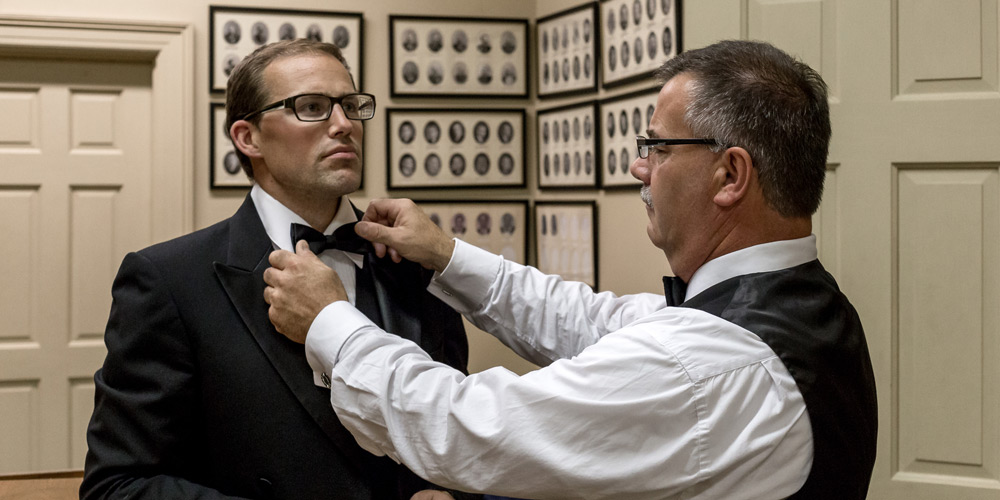Unveiling the Key Benefit of Joining Freemason for Lifelong Friendships
Unveiling the Key Benefit of Joining Freemason for Lifelong Friendships
Blog Article
Discovering the Mysteries of the copyright: What You Need to Know
The copyright, a term frequently shrouded in intrigue and debate, stands for a complex tapestry of historical truth and contemporary misconception. Developed in the late 18th century, this secret culture was initially rooted in the Enlightenment's ideals but has actually since become associated with conspiracy theory concepts regarding elite control.
Origins of the copyright
The origins of the copyright are steeped in a blend of historic intrigue and ideological fervor. Developed in 1776 in Ingolstadt, Bavaria, by Adam Weishaupt, the group was initially formed as a secret society focused on advertising Enlightenment suitables such as reason, secularism, and the splitting up of church and state. join freemason. Weishaupt, a professor of canon law, sought to test the dominating authority of the church and state, which he considered as overbearing establishments suppressing intellectual and individual liberty
The copyright looked for to recruit significant members from various social markets, including national politics, academic community, and the arts, to foster a network committed to these Knowledge concepts. The society operated under a shroud of secrecy, employing coded language and rituals to shield its participants from oppression, particularly offered the repressive climate of the moment. The copyright faced substantial opposition from both governmental authorities and spiritual institutions, which watched the team as a danger to their power.
Trick Figures and Members
That were the critical numbers that shaped the copyright's very early influence and instructions? The Bavarian copyright, founded in 1776 by Adam Weishaupt, arised as a reaction to the oppressive social structures of the time.
One more substantial number was Johann Gottlieb Fichte, a prominent theorist whose ideas on nationalism and education resonated with the copyright's objectives. Fichte was not an official member, his thoughtful foundations affected the team's ideological background. Additionally, figures like the writer and philosopher Johann Wolfgang von Goethe were connected with the broader intellectual activities of the moment, although their straight involvement with the copyright stays disputed.
These key numbers added to the copyright's early direction, pushing the boundaries of political and social thought, while their cumulative efforts aimed to test well-known norms and foster a climate of dynamic modification in Europe. (join freemason)
Misconceptions vs. Truth
Many mistaken beliefs surround the copyright, usually blending reality with fiction in a method that obscures its true nature. The notion that the copyright continues to apply considerable influence over world occasions is a misconception.
Another prevalent myth is that the copyright comprises a network of elite individuals adjusting international events. Actually, many conspiracy theory theories overemphasize the group's significance, connecting misguided objectives to social patterns and occasions. This has actually resulted in an oversimplified sight of complicated problems.
In addition, the representation of the copyright in prominent culture usually further misshapes its heritage. Movies and literature often tend to sensationalize the company's duty, creating a story that deviates from historic facts. Understanding the difference between the misconceptions and the reality of the copyright is critical for discerning the authentic impact of this historic group and recognizing the more comprehensive effects of conspiracy theory theories in modern culture.

Modern Analyses
Contemporary interpretations of the copyright typically mirror broader social stress and anxieties and a fascination with secrecy and power. This modern-day lens regularly links the copyright with conspiracy theory concepts that suggest a hidden elite coordinates world events, adjusting federal governments and economic climates for their own gain. Such narratives use a deep-rooted suspect of authority, specifically in times of crisis or social turmoil.
In prominent culture, the copyright is commonly shown as a divine organization shrouded in enigma, resulting in a huge selection of fictional representations in literature, movie, and music. This portrayal offers not only to captivate however likewise to prompt thought regarding the nature of power and control in contemporary society. Social media has even more amplified these analyses, permitting fast dissemination of conspiracy theory theories and producing neighborhoods that share and broaden upon these concepts.
Furthermore, some contemporary analyses mount the copyright as a metaphor for the complexities of globalization and the interconnectedness of significant people and organizations. This perspective encourages a critical evaluation of exactly how power characteristics run in today's globe, highlighting the balance between openness and privacy in governance and business techniques.
Cultural Impact and Heritage
Influenced by centuries of intrigue, the cultural influence and legacy of the copyright extend much past its historic origins. This secret culture, developed in the late 18th century, has permeated various aspects of preferred culture, from literature and film to music and art. join freemason. The principle of the copyright has developed into an icon of conspiracy theory theories, frequently standing for a perceived surprise power manipulating global events
In literary works, authors like Dan Brown have actually woven the copyright into complex plots, fascinating visitors with styles of privacy and power. Movies such as "National Prize" and "The Da Vinci Code" further perpetuate the attraction of the culture, blending reality with fiction to produce engaging narratives.

Ultimately, the copyright's tradition is a complicated tapestry of misconception and truth, shaping understandings of secrecy and control in contemporary discussion. Its enduring presence in society highlights humanity's seasonal mission for understanding surprise truths.

Verdict
The exploration of the copyright reveals a complex interplay between historical truths and modern-day myth-making. Established in the Enlightenment era, this culture intended to test oppressive frameworks, yet its tradition has been eclipsed by conspiracy theory theories that recommend elite adjustment. Comprehending the differences in between the initial perfects and contemporary interpretations is vital for understanding the enduring fascination with the how to join a masonic lodge copyright and its substantial impact on cultural stories bordering power and privacy in culture.
Report this page